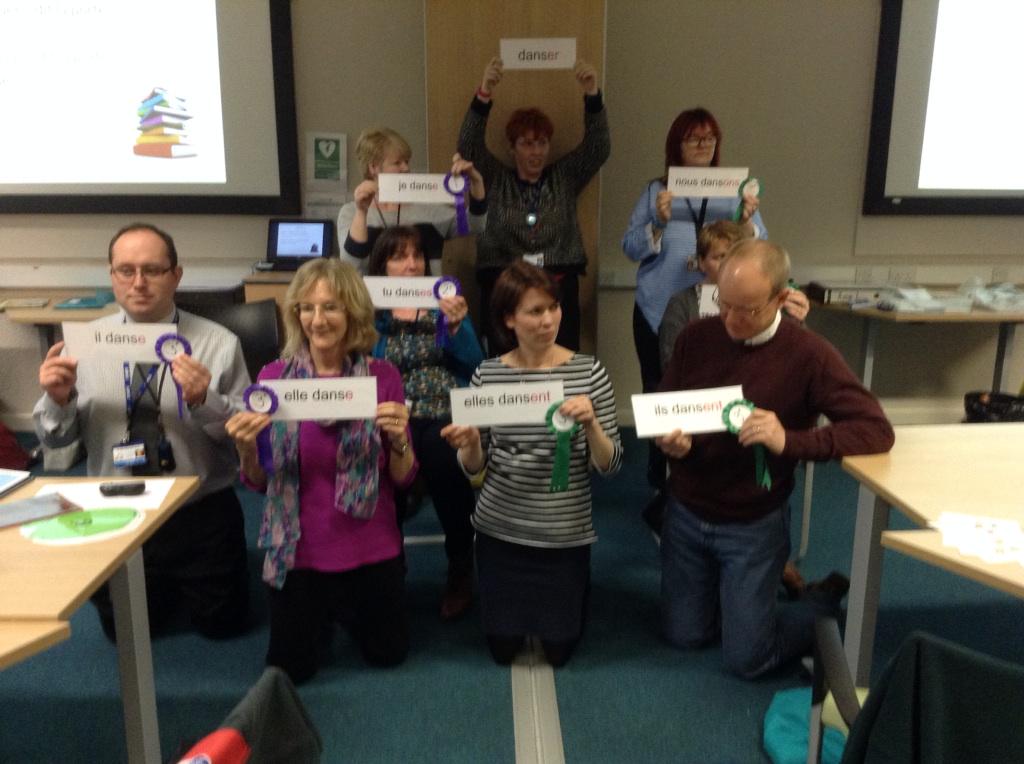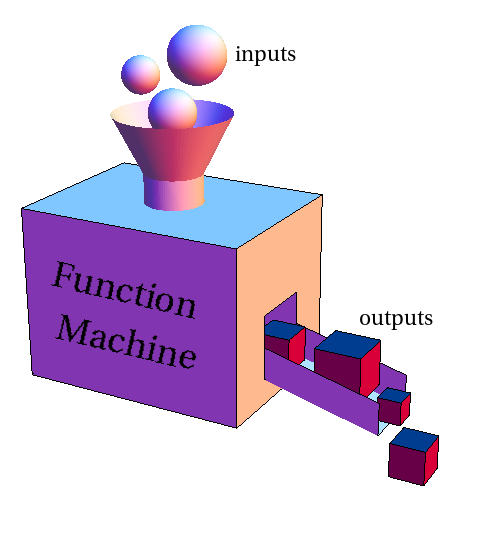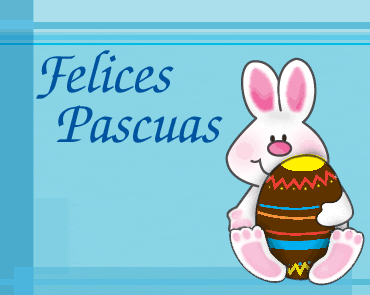It is so important to keep our tracking of progress "primary" and creative and the teachers who work with me in our network are doing just that! How are we finding ways to track our progress in the spoken language?
Last year Emilie @EWoodruffe took up my challenge to her to try out some APPS with our young learners.
With the wonderful Sylvie Bartlett Rawlings from Kent she set up a spoken class to class swap of family raps.
They used Autorap .
You can listen in here to two of her year 4 children describing the family and facial descriptions.
Emilie heard the children read out loud their written texts before they were recorded and so was able to track pronunciation and intonation etcetra.
She then went on to try out Yakit for Kids with her own take on a fashion show.Simple, effective and we realised that we had a way of capturing children's spoken language and use of grammar ( adjectives after nouns etc)
Last year Emilie @EWoodruffe took up my challenge to her to try out some APPS with our young learners.
With the wonderful Sylvie Bartlett Rawlings from Kent she set up a spoken class to class swap of family raps.
They used Autorap .
You can listen in here to two of her year 4 children describing the family and facial descriptions.
Emilie heard the children read out loud their written texts before they were recorded and so was able to track pronunciation and intonation etcetra.
You can find out more about all these ideas here in Emilie's presentation at our JLN annual conference 2013.
Recently we have received from one of network school teachers - Lynsey McHugh, clips of her children performing their creative Puppetpals dialogues based on personal information conversation.Here she can keep evidence and a track of how well the children are engaging in conversation. You can ee more of Lynsey's Puppetpals clips on our Facebook page Janet Lloyd Network Facebook
And recently we have realised how easy it is to track progress through songs.We have run a carnival song competition which has allowed our Year 3 beginner learners the chance to show off their pronunciation and intonation.
This year.2015, we have used Yakit for Kids to record and keep evidence of use of simple sentences - noun,verb,adjectives with Year 4 designing monsters,thanks to Ana by the way!
And recently we have realised how easy it is to track progress through songs.We have run a carnival song competition which has allowed our Year 3 beginner learners the chance to show off their pronunciation and intonation.
And to once again thanks to Ana and her year 5 children we have a record of our children in 2015 ,talking about clothes they have designed - using adjectival agreement and placement




































